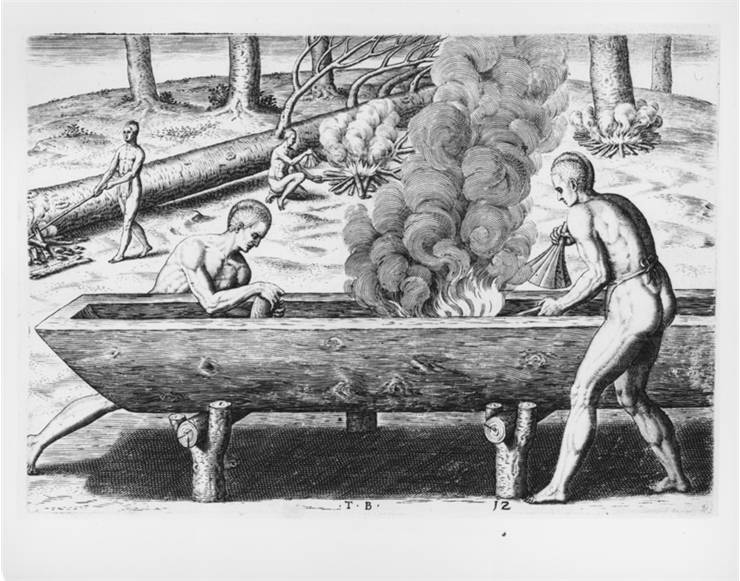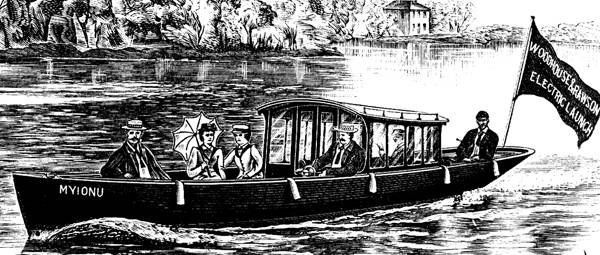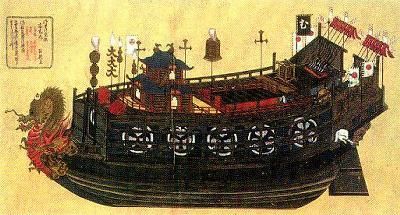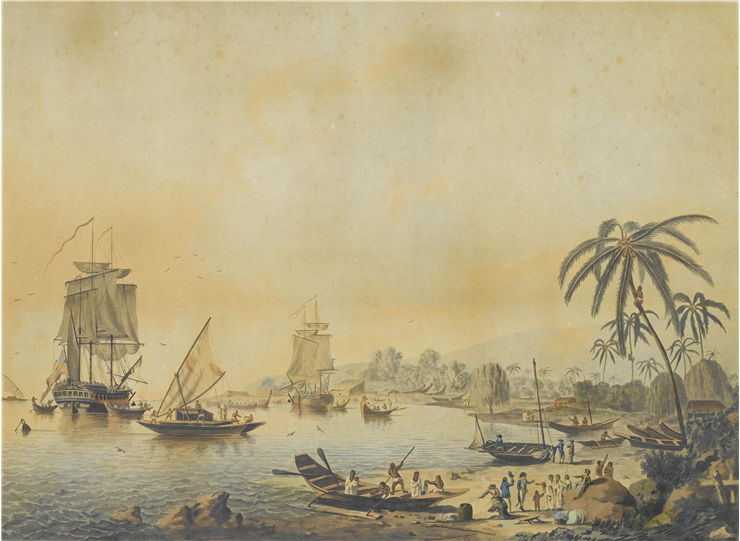Maritime History and Facts - Sea and Ships
Maritime history deals with the study of human activity at sea. It includes fishing, whaling, international maritime law, naval history, the history of ships, ship design, shipbuilding, history of navigation, history of the various maritime-related sciences and generally humankind's various relationships to the oceans, seas, and major waterways of the globe.
There is archaeological evidence, at least 120,000 years old, that humans arrived on Borneo by sea from the Asian mainland. According to some theories, Australia and New Guinea were populated some 50,000 ago, again by people that came by sea. The earliest representation of a ship under sail comes from a painted disc that was found in Kuwait and is believed that it was made in the late 5th millennium BC. The first boats are presumed to have been dugout canoes which were used for coastal fishing and travel. Ancient India’s Mauryan Empire from the 4th century BC had the first organized shipbuilding and it is believed that navigation as science appeared for the first time on the river Indus in 3000 year BC.
An early astrolabe was invented in the Hellenistic world in 150 BC by Hipparchus. It is an instrument used for locating and predicting the positions of the Sun, Moon, planets, and stars which allowed for navigation at sea. Although it was known that magnetic needle can be used for navigation, Chinese started using magnetic needle submersed in a bowl of water - a compass - from 1117 AD. Europe started using compass at sea from 1190 AD. Before that Polynesians and the Northern European Vikings developed oceangoing vessels and used them without any instruments. Medieval period, lasting from the 5th to the 15th century, sees invention of many different kinds of ships. The long ships, sailing ships built with clinker method (hull made of overlapping planks), were invented by Vikings. . The caravel was a ship invented in Islamic Iberia and used in the Mediterranean from the 13th century. At the same time, Islamic geography and navigational sciences were highly developed and Arab Empire was the world's leading economic power between 7th and 13th century.
Between the 13th and 17th century, the Hanseatic League, an alliance of trading guilds, held a trade monopoly over the Baltic Sea, North Sea, and most of Northern Europe. At the same time but on the other part of the world the Somali sultanates and republics of Merca, Mogadishu, Barawa, and Hobyo held their monopoly.
Period between the early 15th century and the early 17th century is called “The Age of Discovery.” That is a period when European ships traveled around the world to search for new trading routes and when they encountered peoples and mapped lands previously unknown. They rediscover Americas and colonization of the Western Hemisphere begins. In the 16th century, the clipper route was established by clipper ships between Europe and the Far East, Australia and New Zealand. Age of Discovery ended when European vessels were well enough built and their navigators competent enough to travel to any point on the planet.
The Age of Sail lasted from the 16th to the mid-19th century. During that period international trade and naval warfare were dominated by sailing ships - hence the name. It ends with the appearance of the steam ships which became more practical.
Age of Steam had ships whose propellers or paddlewheels where driven by steam machines and sees the first ironclads - steam-propelled warships of the later 19th century, protected by iron or steel armor plates.
20th century gets ships with the internal combustion engines and gas turbines, made completely from steel and submarines as well.



